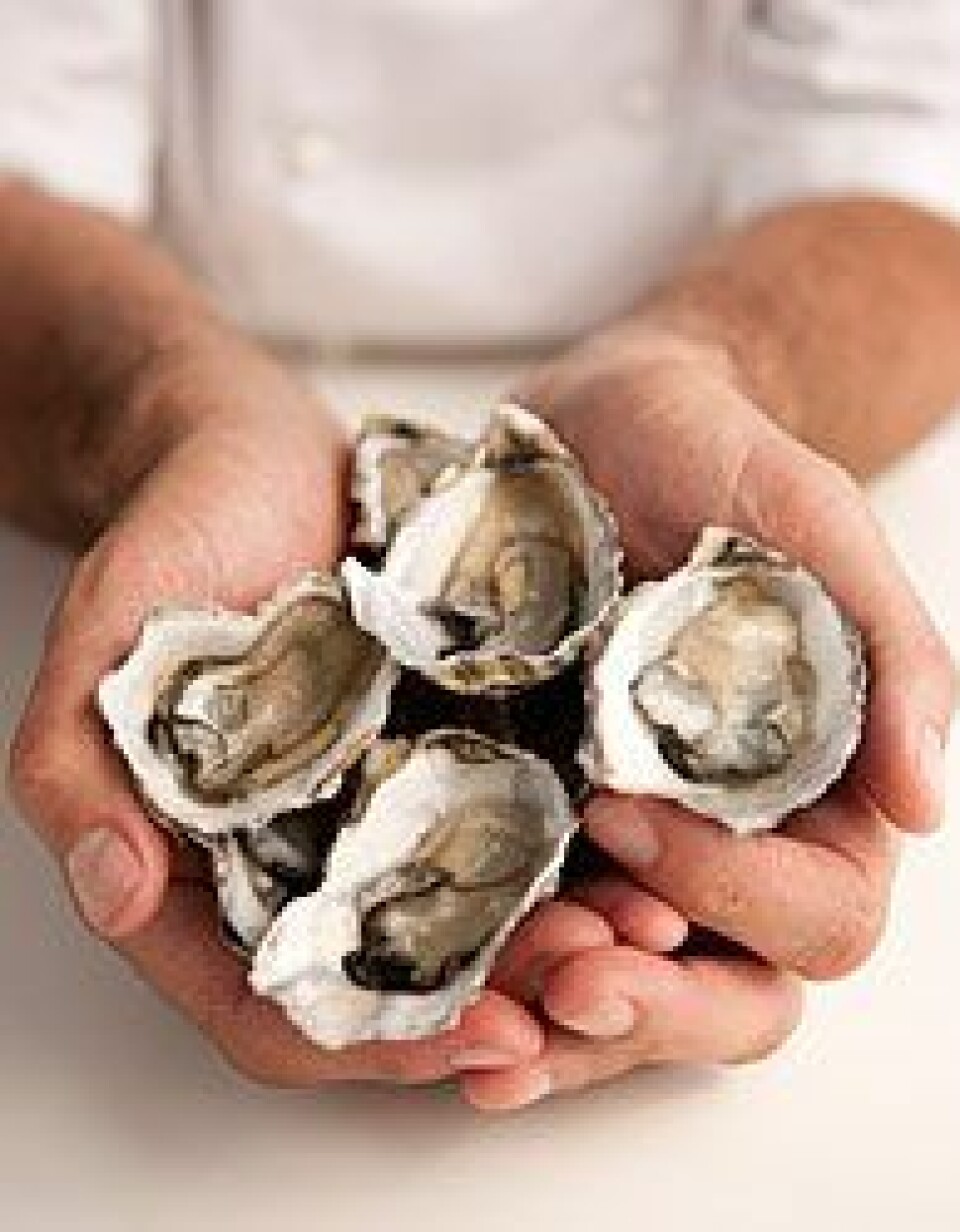
Shellfish key to aquacultural revolution
Given the country’s huge seafood trade deficit, it is not surprising that the US Department of Commerce states that its aquaculture policy is aimed at: “Creating a business climate and technological base that encourages and fosters the development of sustainable aquaculture in the United States that provides domestic jobs, products, and services while conserving aquatic resources”.
In his December 2014 update, NOAA director Dr Michael Rubino reflected: “As 2014 winds down I wanted to take a moment to look back upon what has been an exciting year for U.S. marine aquaculture development. Over the past year there has been a growing recognition, as demonstrated by White House announcements, national press articles and elsewhere, that domestic aquaculture is a vital and growing component of our nation’s seafood supply. The recognition is due to the research, outreach, and other efforts of not just NOAA but also our numerous partners: other government agencies, Native American tribes, academia, industry, NGOs and non-profits.
Here at NOAA, we have worked with partners to streamline aquaculture permitting, develop new aquaculture methods and technologies, develop key science products that contribute to a better understanding of the benefits and risks of marine aquaculture, and refine aquaculture methods and technologies through competitive grants and research at NOAA science centers”.
More details of the Agency’s aquaculture program were recently released:
Ten years ago, NOAA made a commitment to reinvigorate the agency’s aquaculture program, whose mission is to encourage and foster sustainable marine aquaculture development in the United States. That investment is beginning to show results. U.S. marine aquaculture production is now growing at an average of 8% per year, mostly due to gains in marine shellfish production. According to the 2013 Fisheries of the United States report (updated with expanded information on aquaculture), the total value of U.S. aquaculture production is now $1.2 billion dollars (~€1.0 billion), or 20% of commercial landings. Marine aquaculture is a growing source of jobs and business opportunities in coastal communities, and more of these communities are beginning to embrace it as a way to produce seafood and jobs. Many would be surprised to learn that the landed (or dockside or farm-gate) value of aquaculture products is a significant economic driver in some regions. In particular, the landed value of aquaculture in the Northeast region (Maine to North Carolina) was $219 million (~€186m) in 2013 versus $61 million (~€52m) for all of groundfish combined (aquaculture still trails scallops at $466 million (~€396m) and lobsters at $461 million (~€391m)). In Oregon and Washington, shellfish farming generated $160 million (~€133m) in 2013.
Regional approach
In August 2014, NOAA Fisheries released a proposed rule to implement the first regional fishery management plan for aquaculture in federal waters. The rule will establish a permitting system for offshore marine aquaculture in the Gulf of Mexico that will be implemented in close coordination with other federal regulatory agencies. This proposed rule marks a major milestone for the agency, and provides a model for other regional fishery management councils that may be interested in setting up a comprehensive regulatory program for aquaculture in federal waters in their region. We are currently working with the Army Corps of Engineers (Army Corps) and the U.S. Environmental Protection Agency, the other agencies that issue key permits for aquaculture, to develop a coordinated permitting process including tools to implement this plan once it is finalized (such as guidance for baseline assessments, monitoring, recordkeeping, and reporting requirements).






















































